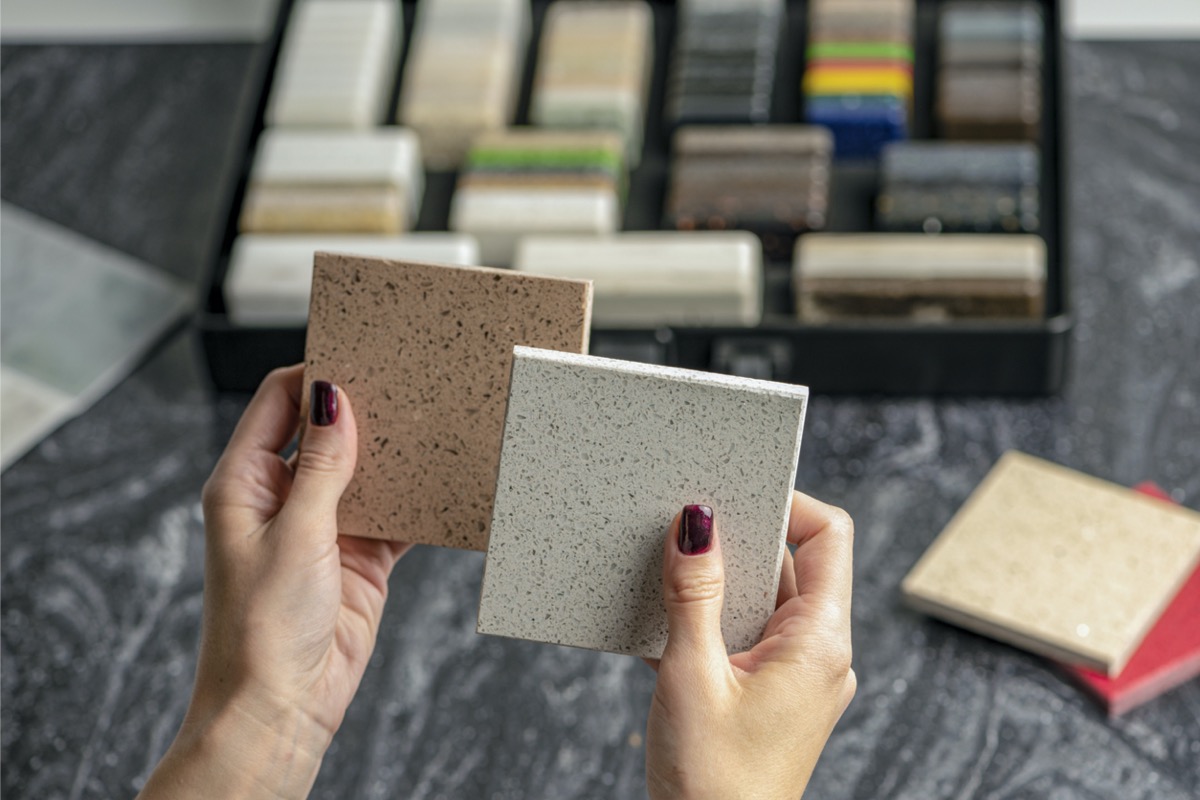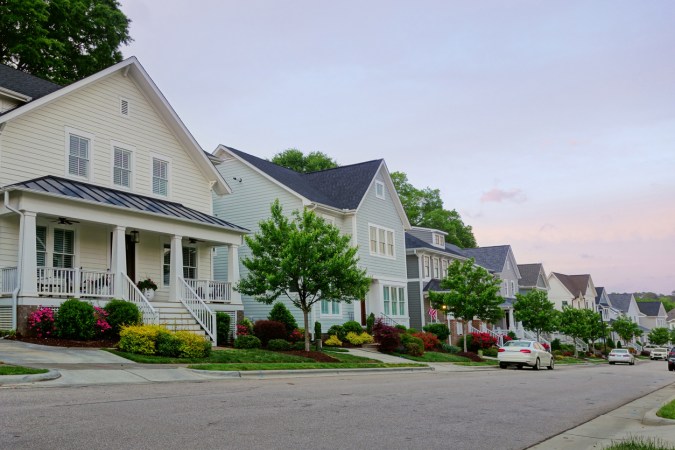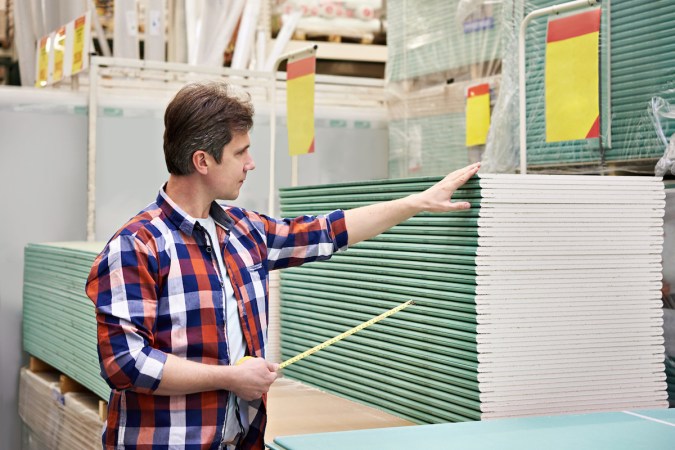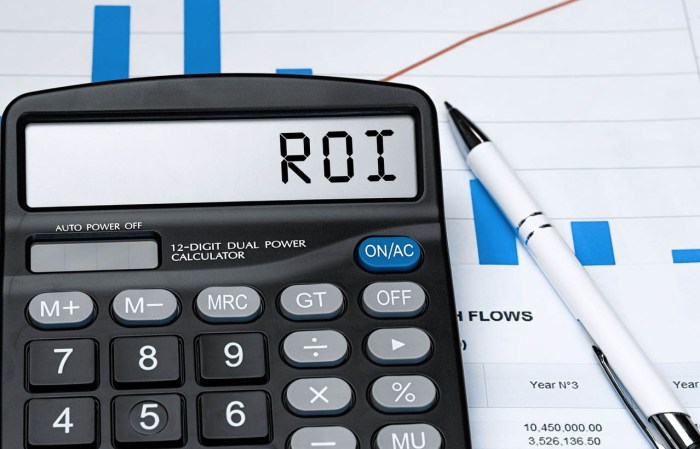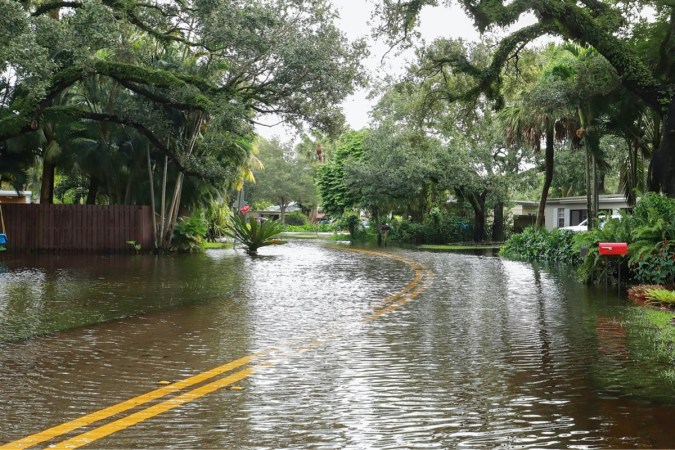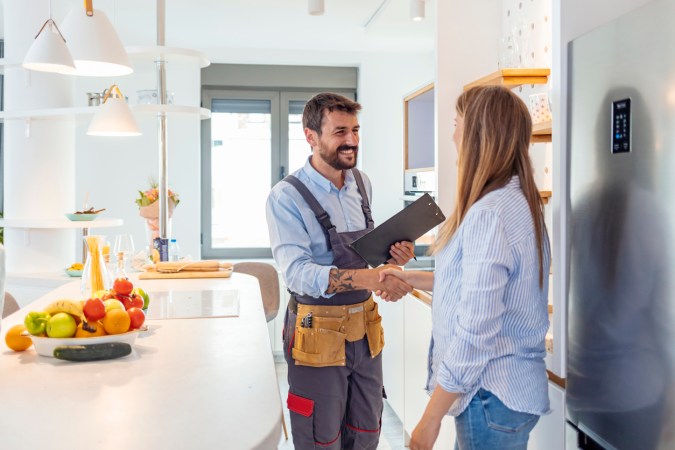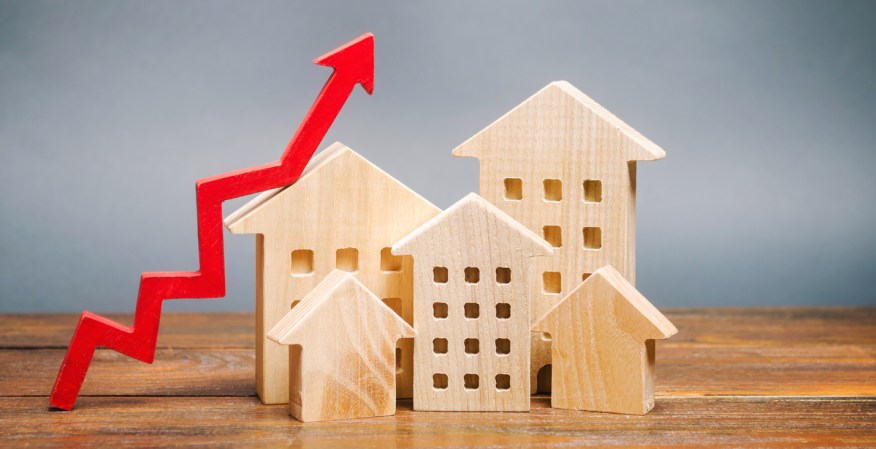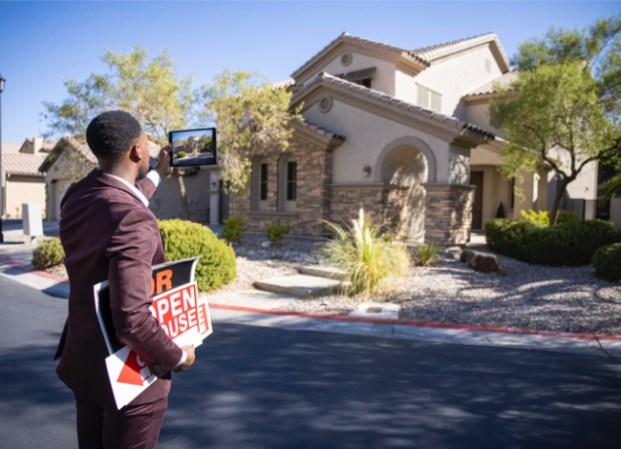We may earn revenue from the products available on this page and participate in affiliate programs. Learn More ›
Before spending money on renovations and home improvements, it’s important to consider which upgrades will actually add value to your home. It would be easy to assume that any renovations or upgrades would result in a solid return on investment, but not all improvements actually increase the value of a property.
In fact, some projects can actually decrease the value of a home. While the following upgrades may be aesthetically pleasing or add to your enjoyment of your home, they won’t necessarily add any value when it comes time to sell.
1. Swimming Pools

A swimming pool may provide seemingly endless hours of entertainment for your friends and family, but buyers are divided on whether a pool is actually a desirable feature. Many potential buyers may only consider the substantial upkeep that pools require, especially if they don’t imagine themselves using them regularly.
There’s one exception to this rule: If you live in an area where swimming pools are common, it can be beneficial to ensure your home has the same features as other comparable properties in order to remain competitive.
RELATED: When Buying a Home, Don’t Spend Extra for These Features
2. Hobby Spaces

Whether you love woodworking, sewing, crafting, or watching movies, it can be tempting to renovate part of your home to create a dedicated hobby space. These spaces, however, won’t necessarily appeal to potential buyers unless they happen to share your exact interests.
There’s nothing wrong with converting an unused room into a workshop or home theater, but, if you plan to sell anytime soon, avoid adding permanent fixtures that fundamentally alter the function of the room.
3. Luxury Kitchens
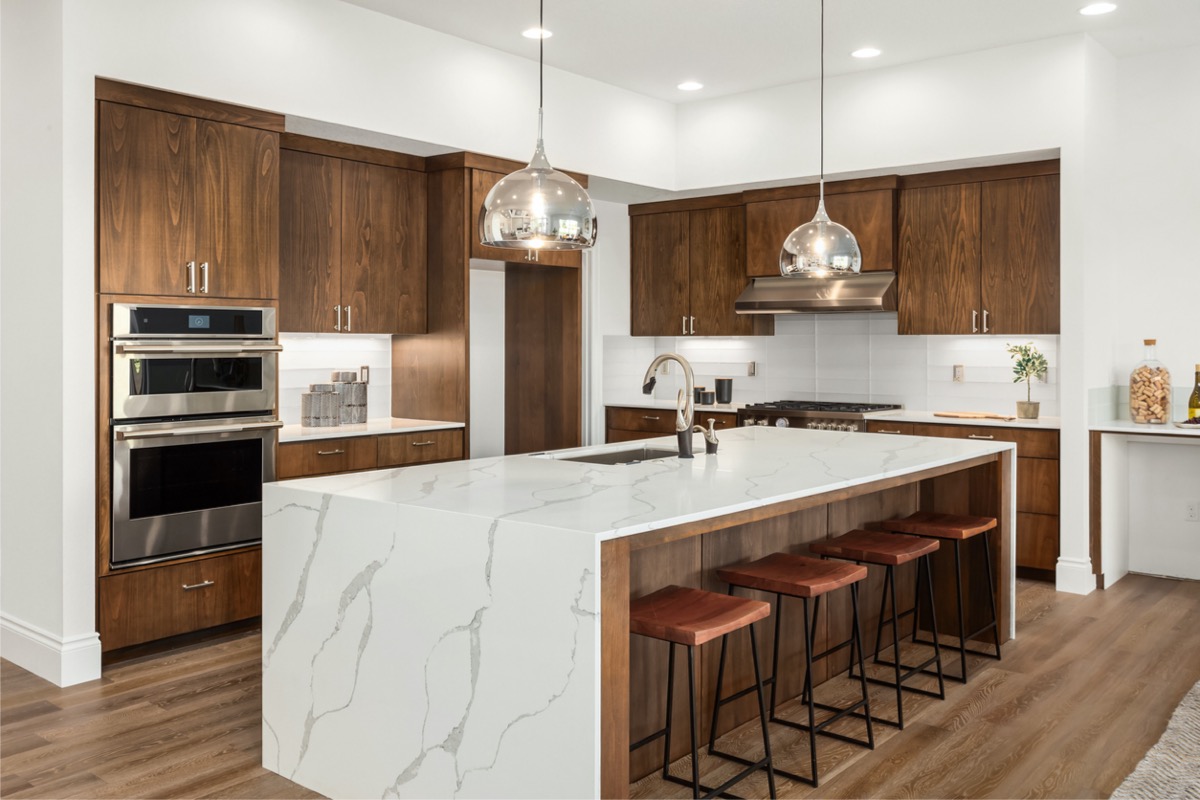
When designing a new kitchen, it can be tempting to opt for high-end upgrades because you assume that they’ll provide a solid return on investment down the line. If you need to sell your home within a few years, however, you probably won’t be able to recoup what you spent on the renovation.
If you want to add value to your home, focus on building a functional space. Use durable materials and upgrade appliances, but don’t go overboard with all the bells and whistles that come with a luxury kitchen.
4. A New Roof
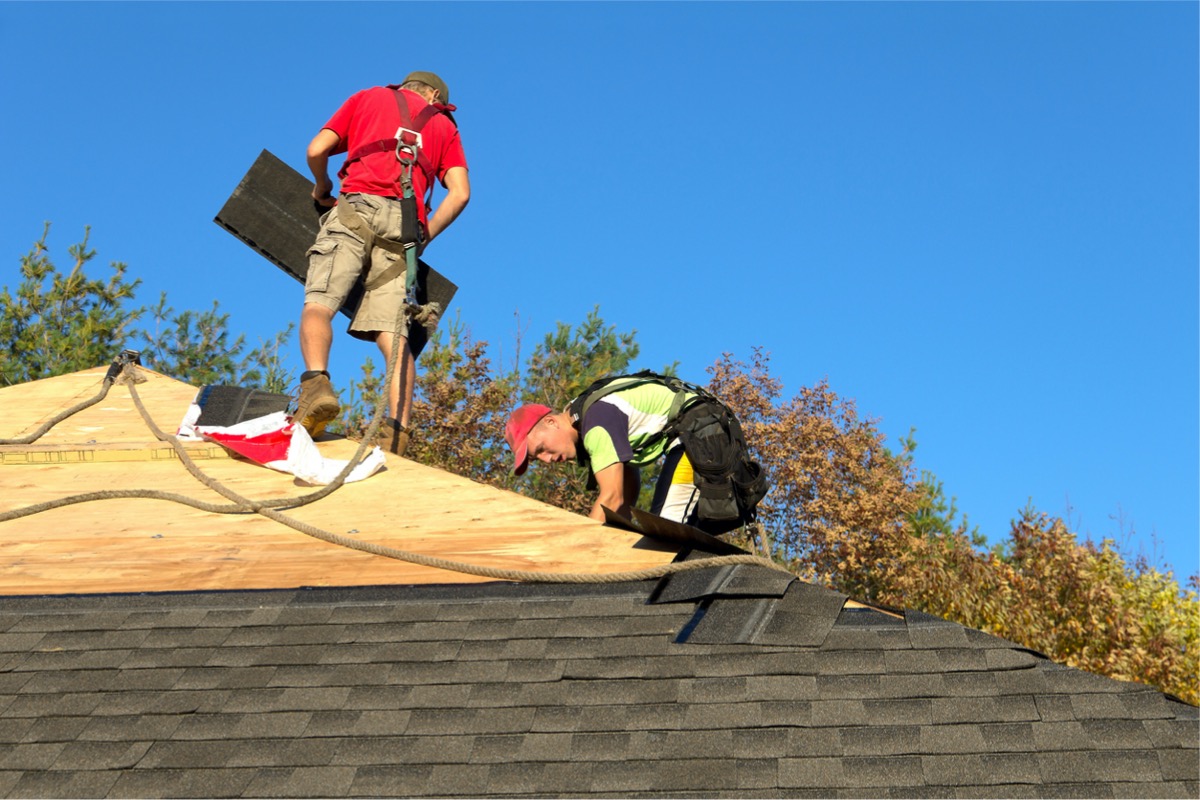
Roofs generally need to be replaced every 30 years or so. A roof that urgently needs to be repaired or replaced is definitely a turnoff for buyers, but replacing it doesn’t actually add much to the home’s value. Buyers expect that a home listed for sale will be up to date on necessary maintenance. While replacing a deteriorating roof is necessary to keep buyers interested, it also usually provides about a 60 percent return on investment.
5. Wallpaper
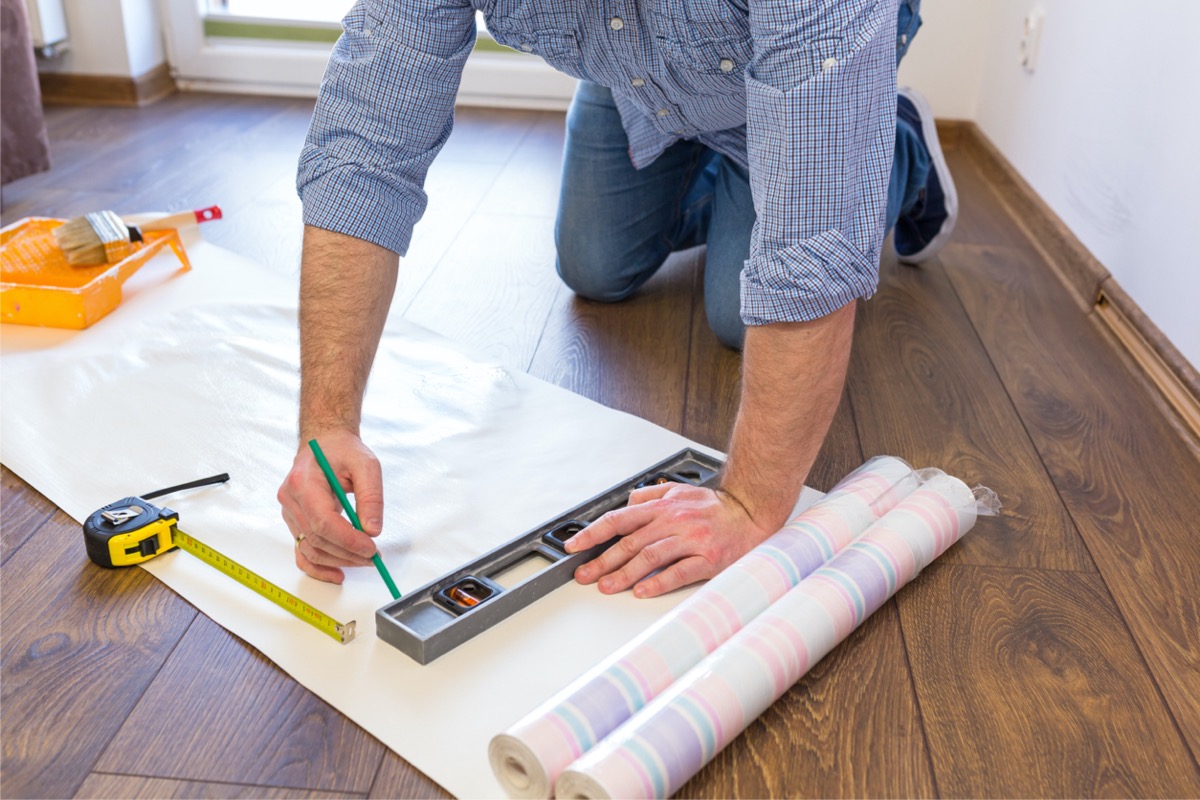
Wallpaper is a great way to add visual interest to a space and can make a room feel more unique. However, there are several issues with opting to decorate with wallpaper. First, the process is pricier than paint, with the average cost to wallpaper a room ranging between $1,680 and $8,800, according to Rocket Mortgage. Second, since wallpaper appeals to specific tastes (unlike neutral paint colors), it’s potentially unappealing to many potential buyers.
RELATED: 7 Bad Reasons to Renovate Your Home
6. Elaborate Landscaping
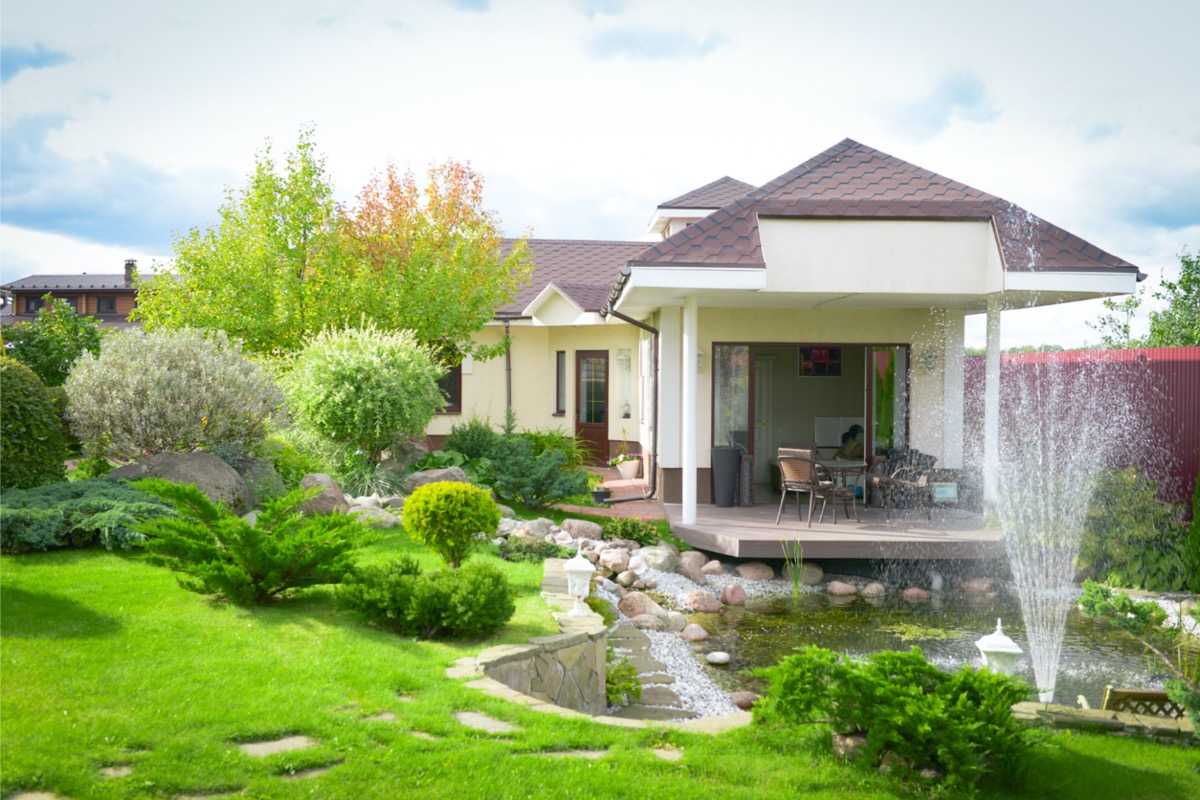
When selling your home, it’s important to consider both the interior and the exterior. While it’s important to keep your front and back yard looking tidy and simple landscaping can add up to 20 percent to a home’s value and help attract buyers, elaborate landscaping upgrades don’t provide significantly more return on investment. Instead, focus on low-maintenance upgrades like fresh mulch and some colorful flowers, and ensure the yard is tidy and free of clutter.
7. Carpeting
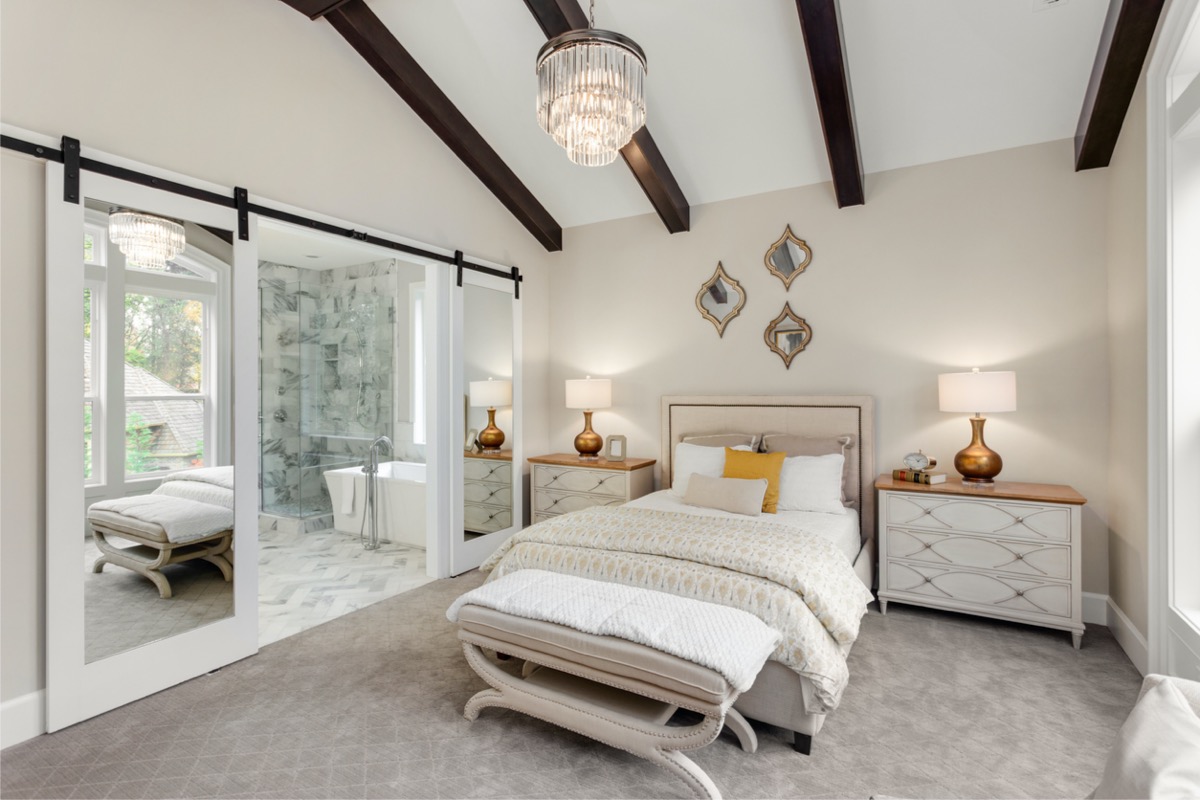
Many homeowners may consider recarpeting a space before listing their home for sale, but many of today’s buyers find wall-to-wall carpeting unappealing—even if it’s new. Instead, opt to refinish the wood flooring underneath, add a few area rugs, or swap in a new style of flooring that matches the rest of the house. Your other option is to leave the old carpet in place and allow the price of the home to reflect the fact that the buyer will likely need to refresh the flooring.
8. Sunrooms
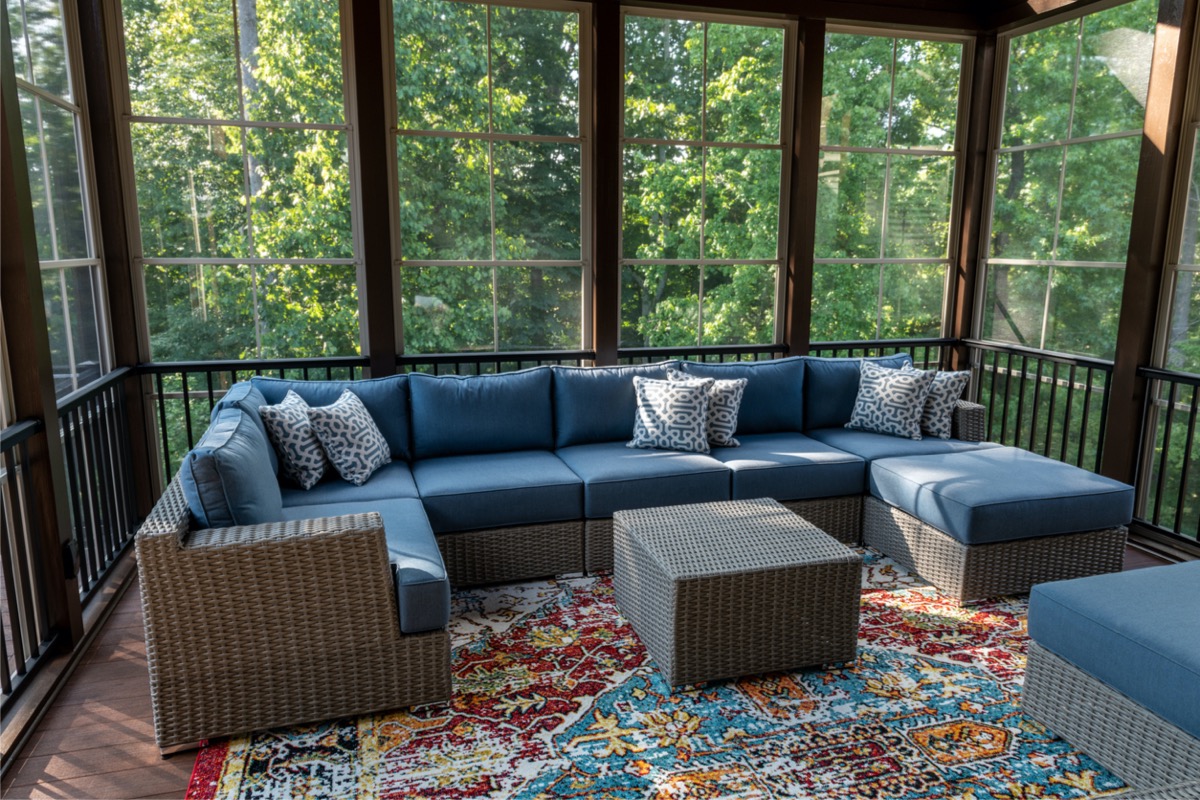
Adding a sunroom extension seem like it would be a universally appealing idea. After all, who wouldn’t want a spot to sip a cup of coffee while soaking up some rays?
In practice, however, sunrooms don’t offer a great bang for your buck in terms of renovations. The average sunroom costs between $25,000 and $80,000, according to Rocket Mortgage, but homeowners can only expect to recoup about half of their investment.
RELATED: 6 Reasons Why Buying a Big House Could Be a Bad Idea
9. Luxury Bathroom Upgrades
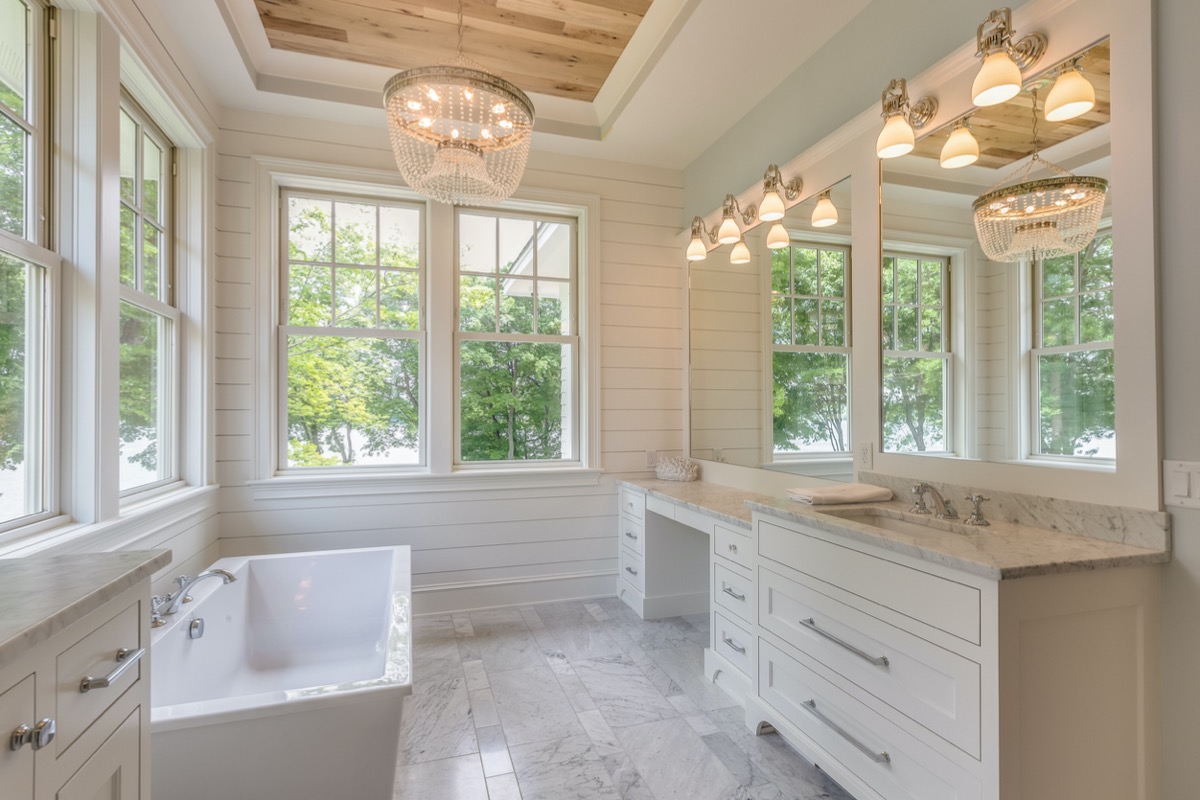
Generally speaking, upgrading a home’s bathrooms is a smart choice when you’re considering selling. There is a major caveat, however; any renovating costs more than $5,000 are unlikely to be recuperated. As homeowners who have gone through the process know, when it comes to renovating a bathroom, $5,000 doesn’t go very far. This means that you should probably skip adding high-end features if your goal is to get the highest return on investment.

